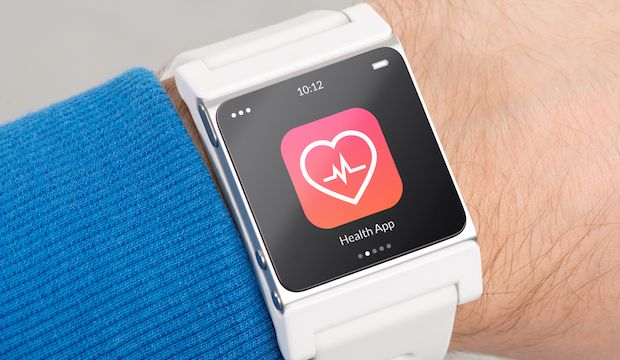
The Internet of Things – where sensors and other devices are interconnected to one another – continues to garner attention from researchers, industry leaders, and practitioners.
Biometrics Research Group Inc. forecasts that the Internet of Things will skyrocket from two billion connected devices today to nine billion connected devices by 2018.
And Google appears to be making a “land grab” for the Internet of Things through its recent acquisitions of robotics companies including Boston Dynamics, Nest, and DeepMind, which could be used to support a network of artificial intelligence-driven robots and other devices that could be used to improve transportation, manufacturing, and other aspects of day-to-day life.
Still the data that’s generated from sensors, equipment, and other devices isn’t truly useful until it can be analyzed, says Thomas Davenport in a recent Wall St. Journal article.
“It’s great to connect inanimate objects to the Internet, of course,” he notes. “But that’s only a first step in terms of doing something useful with all those connected devices. ‘The Analytics of Things’ are just as important, if not more so.”
Data needs to be analyzed to be useful and analytics are necessary to make connected devices “smart,” Davenport says. For instance, he points to his Nest thermostat that has embedded analytics that can be used to determine when to turn the temperature up or down in a particular zone.
“It knows when people are in the room, and what time of day they normally appear and disappear,” he says. “So it’s smart enough without being connected to save energy with little or no user involvement.”
Of course, there are myriad applications for embedding big data analytics into other forms of the Internet of Things.
For instance, RFID chips that are attached or implanted in commercial products, pallets, or containers can inform business leaders as to the location or movement of a particular item.
However, embedded analytics can provide decision makers with deeper insights, such as whether a product is nearly out of stock in a particular retail location and needs to be refilled or whether the pace of demand for a specific item should prompt a merchandiser or a manufacturer to adjust pricing for that product.
The Analytics of Things could be also be used for intelligent service provisioning.
For example, wireless carriers can monitor and analyze subscriber behaviors to better understand the applications and features that customers are using.
Wireless carriers can use these insights to gain detailed demographic and psychographic profiles of their customers and the applications/services they’re using (VoIP, social networking, gaming) to develop strategies for acquiring customers with similar attributes and to offer expanded services that existing customers would be most interested in purchasing.
Next Steps:
- Try Spotfire: Get started with a free, 30-day trial that allows you to upload a spreadsheet then start creating beautiful visualizations.
- Subscribe to our blog to stay up to date on the latest insights and trends in big data and big data analytics.





